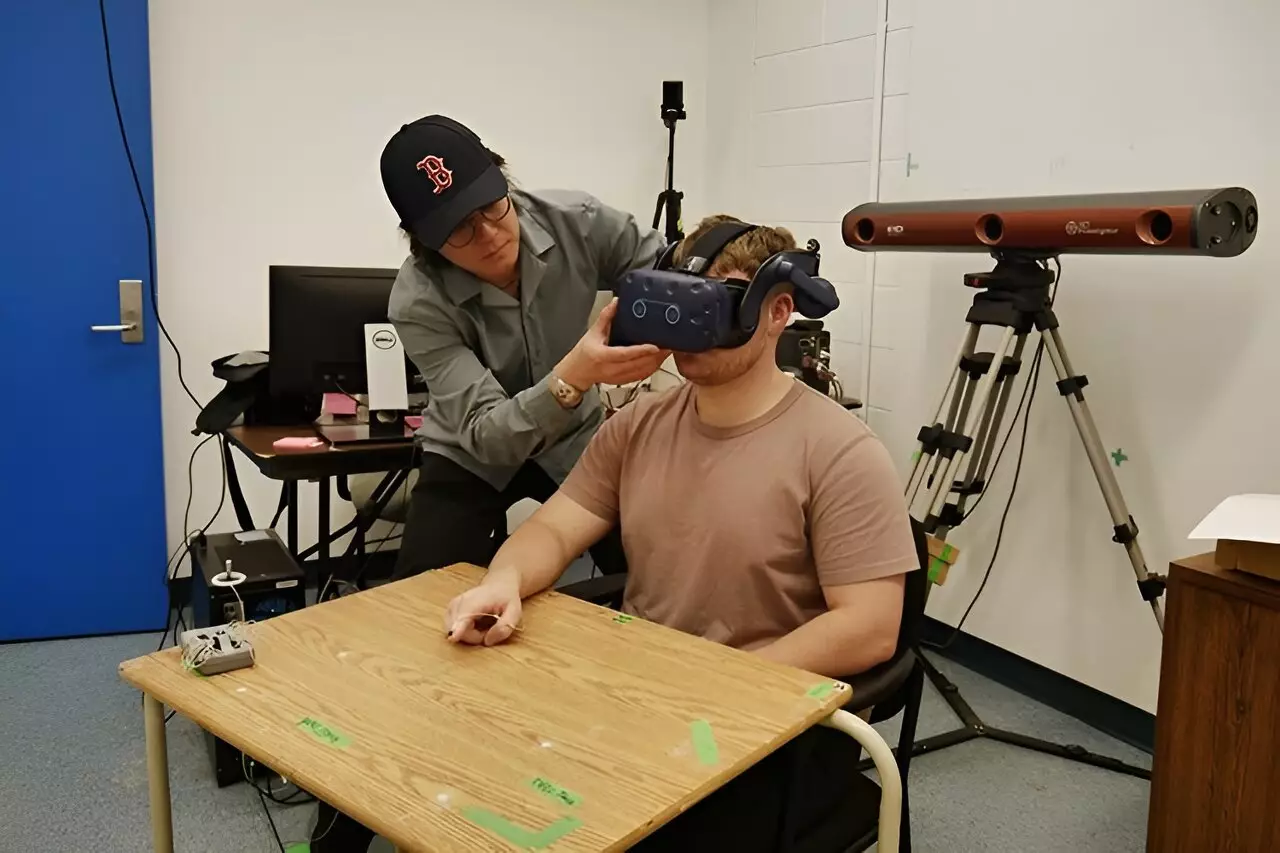Recent research conducted at the University of Toronto has uncovered notable shifts in the way individuals perceive and interact with the physical world after using virtual reality (VR) and augmented reality (AR) technologies. The study, featured in the journal Scientific Reports, revealed that participants displayed altered movement patterns following exposure to VR and AR, leading to temporary errors in real-world actions. While VR users tended to underestimate distances, resulting in undershooting their targets, AR users tended to overestimate distances, causing them to overshoot their targets.
One surprising discovery made by the researchers was the transferability of movement patterns from VR and AR environments to real-world actions. Additionally, they noted that the effects of AR wore off more rapidly compared to VR, with participants readjusting to real-world conditions at a quicker pace after using AR. The researchers attributed this difference to the fact that AR users maintain visual contact with their physical environment, allowing them to retain a more accurate sense of depth and distance.
The implications of these findings extend to various industries that utilize VR and AR for training purposes, such as surgery, aviation, and everyday tasks like driving. Understanding the impact of these technologies on real-world performance is essential for ensuring effective and safe skill development. As more sectors incorporate VR and AR into their training programs, awareness of the potential challenges in transferring skills acquired in virtual environments to real-world scenarios becomes paramount.
Moving forward, the researchers plan to investigate how different types of VR and AR experiences, including more complex and immersive simulations, influence real-world performance. Additionally, they aim to explore the role of training duration and individual differences, such as prior exposure to VR and AR, in the adaptation and readjustment process. By gaining insights into these factors, the research team hopes to enhance the design of VR and AR systems, minimizing negative after-effects while optimizing their potential for training and skill enhancement.
The study conducted by the University of Toronto sheds light on the transformative effects of VR and AR on human movement and interaction with the physical world. By unraveling the mechanisms underlying these alterations, researchers aim to pave the way for the development of more efficient and safer training programs across a wide range of industries. As technology continues to advance, understanding the implications of VR and AR on real-world performance becomes increasingly crucial for harnessing the full potential of these innovative tools.


Leave a Reply